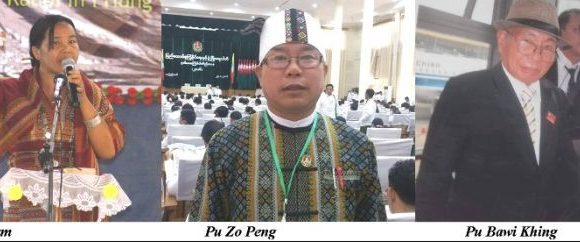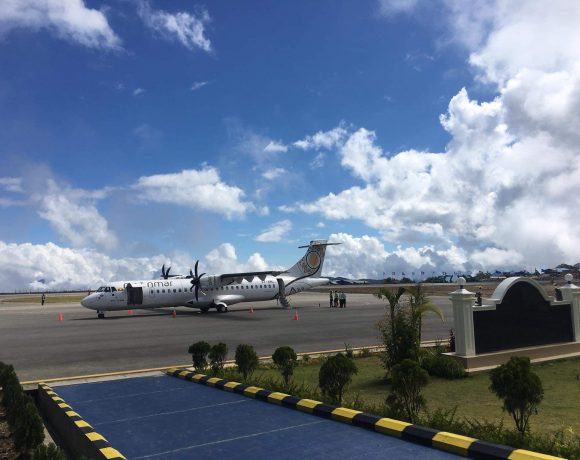48 Chin Civil Society Organizations Petition State Govt. on Controversial Dam Plan

14 January 2021 – Nearly 50 Chin civil society organizations have joined forces to openly question the State government on a controversial plan to construct a dam at Nawi Valley just outside of Hakha Town, even as a new Chief Minister and cabinet will soon be appointed in less than two months-time.
The petition, signed by 48 groups representing Chin civil society from across the spectrum, and addressed to the State government as an open letter, appeals for an open and transparent process whereby the public is fully consulted and presented with detailed facts and figures concerning the dam project. They point out that the government has an obligation to fully address the concerns raised by the public, especially those of the residents of Hakha in light of the close proximity of the project site to the town, which had previously been hit by massive landslides that nearly wiped out half of the town in 2015.
Salai Biak Lian Thang, spokesperson for the groups said, “All we want at this point initially is for the government to address the concerns we raised in our joint letter,” adding “We will have to wait and see how they responded.”
Contending that there are obvious indications that the construction of the dam would result in more adverse social and environmental impacts than potential benefits for the local communities, the signatories demand the State government to suspend the plan until all the necessary precautionary measures have been taken to mitigate the potential negative impacts of the project.
The site for the Nawi Dam project is located on the west end of Hakha, literally within the town’s limits. It sits at the end of a hill housing the new Hakha University Campus and at the bottom of the 9-hole Golf Course.
The proposed dam is expected to be 125-foot high covering an area of about 5000-6000 cubic feet covered by water, according to the Chin State government. If the project goes ahead according to the current plan, paddy fields belonging to at least a dozen families will be inundated while a total of at least 14 households will be directly impacted, according to local sources. Some farm owners whose paddy fields will be totally under water once the dam is built, have said that any form of compensation would not be enough since they have worked the farms for their subsistence for generations.
The primary purpose of the dam is touted as a drinking water reservoir for the Chin State capital, which has struggled to meet the water supply needs of its 40 thousands plus residents. But other selling points of the project also include beautification of the sprawling capital town, irrigation for paddy farms downstream, creating outdoor recreation and tourist attraction sites.
But the civil society groups want the State government to be forthcoming with the public regarding the project and ask for clarification around the real purpose behind the project, as well as its potential impacts on the local communities. On December 17, 2020, the Hakha Civil Society Network (HCSN) held a public meeting with the Speaker of the Chin State Parliament Pu Zo Bawi, who is charged with overseeing the implementation of the project, where the members raised several questions. But the attendees felt that the government has failed to answer even some of the most basic questions about the project, including its very purpose.
A geological study conducted in September 2020 by the Ministry of Natural Resources and Environmental Conservation recommended a more appropriate alternative site at Nawi Va 2 at (Nelpa) instead “due to its safe distance from the town, better flow, and cleaner and clearer water sources.” But despite the recommendations, some cabinet members of the government has recently visited the site along with teams of surveyors and engineers who put up markings around the area, leaving the communities and land owners wondering if a decision has already been made to construct the dam.
The project is estimated to cost about 10 billion Kyats with the state and Union governments expected to contribute five billions each. However, according to the state government, there will be additional costs for drawing up the dam design by the Department of Irrigation. The exact amount for the additional cost or where the funding will come, has not been announced.






